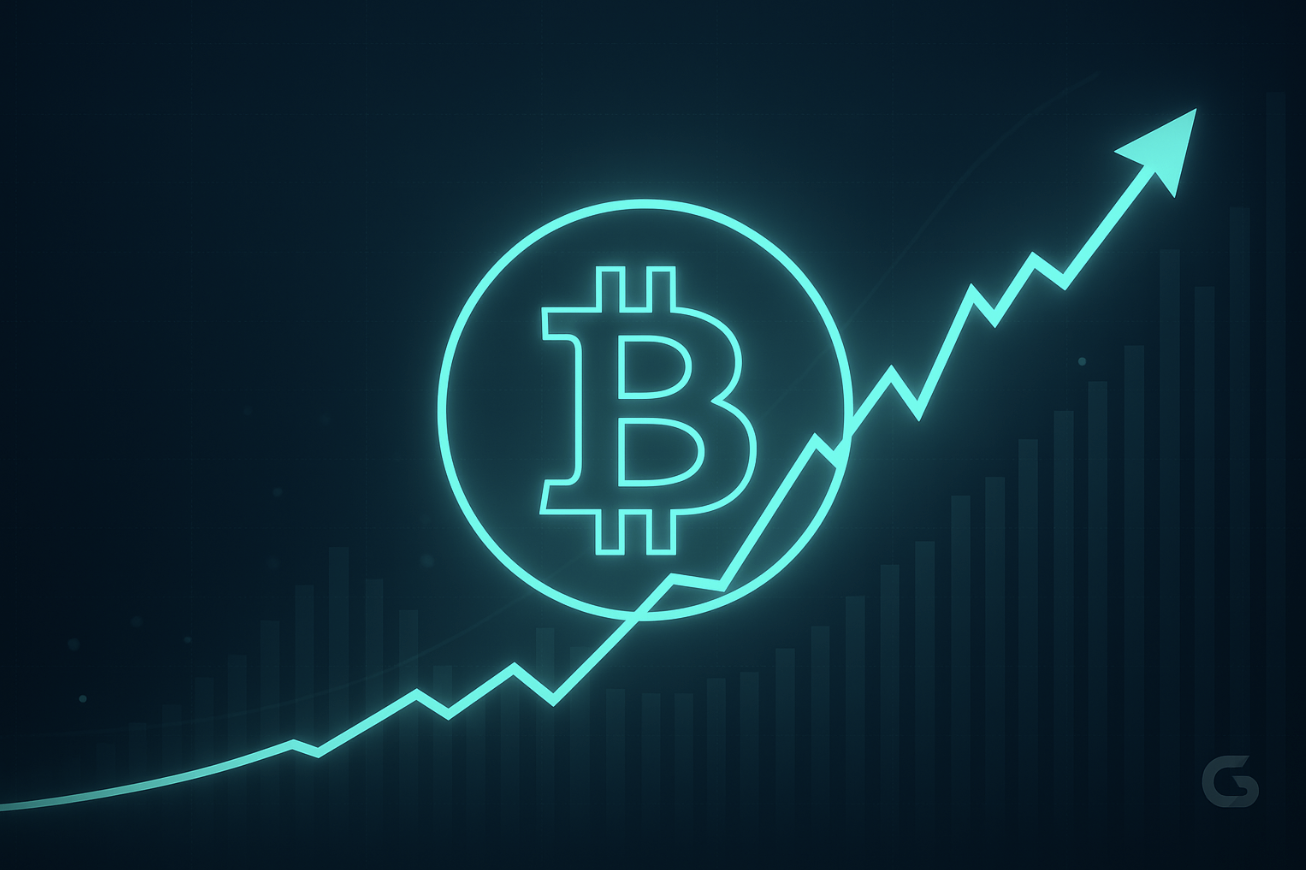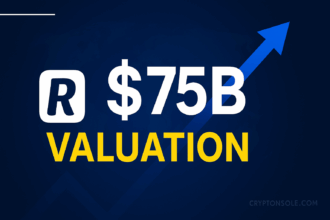Summary
Data from DeFiLlama shows that over the past 7 days, HumidiFi, a proprietary AMM (prop AMM, or “dark pool”) on Solana, recorded ~US$8.554 billion in trading volume, surpassing DEXs like Meteora, Raydium, and PumpSwap. In 24-hour metrics, HumidiFi’s daily volume is comparable to ~US$600 million. Its rapid ascent underscores the growing impact of dark pool AMMs, which quote prices privately and operate via aggregators rather than public order books.
Key Metrics & Comparisons
- 7-Day Volume (HumidiFi): $8.554 billion — highest among Solana DEXs listed on DeFiLlama.
- 24-Hour Volume: ~$557.04 million for HumidiFi.
- In the Solana DEX volume ranking, HumidiFi ranks alongside or aheadJ of established AMMs like Meteora and Raydium.
- Traditional AMMs like Raydium and Meteora have lower 24h volumes compared with HumidiFi’s scale.
What Are Prop AMMs / Dark Pools?
- Private Price Quoting: Unlike public AMMs with visible liquidity and pools, prop AMMs quote prices privately. Trades are typically routed6 to them via aggregators (e.g. Jupiter), which pick the best price among options.
- Opaque Liquidity: Many prop AMMs do not offer public user interfaces or expose their internal liquidity pools, instead relying on backend integration.
- Efficiency & Execution Advantage: Because they can dynamically manage pricing, detect arbitrage opportunities, and avoid front-running / MEV losses, prop AMMs often offer tighter spreads and more efficient pricing for large orders.
Why HumidiFi’s Surge Matters
- Market Share Disruption
HumidiFi’s volume growth challenges the dominance of legacy DEXs like Raydium and Meteora. Its model shows that execution and pricing efficiency can outweigh brand or history. - Aggregator Leverage
Aggregators routing trades to prop AMMs give them de facto access to liquidity without needing public signage. This allows them to compete on pricing more flexibly. - Implications for LPs & Token Projects
As prop AMMs gain share, liquidity providers on traditional AMMs may see reduced volume. Projects may reconsider where they deploy incentives and liquidity. - Transparency vs Performance Tradeoff
While dark pools offer performance benefits, they introduce opacity: users and auditors may find it harder to assess risk, reserves, or the identity of operators.
Caveats & Open Questions
- The $8.554B weekly volume and $557M daily volume figures are drawn from DeFiLlama, which aggregates on-chain swap volumes. These numbers may not account3 for off-chain or luxury routing adjustments.
- The claim in your prompt of $1.917 billion daily volume on September 25 is not corroborated by the data I found; HumidiFi’s 24h volume per DeFiLlama is ~$557M.
- Prop AMMs often operate without public fronts, so tracking or verifying counterparty risk, liquidity backing, or misuse may be harder.
- The dominance of prop AMMs also depends on aggregator strategy: if aggregators favor them, volume shifts can amplify rapidly.
What to Watch Next
- Whether HumidiFi breaks new daily volume records, especially on high-activity days.
- Aggregator behavior: how much routing shifts toward prop AMMs versus traditional AMMs.
- How legacy DEXs respond—will they adopt hybrid9 models, interface upgrades, or incentive shifts?
- Transparency initiatives: whether prop AMMs publish audits, reserves, or counterparty disclosures.
- Regulatory or community scrutiny around opacity, fairness, fees, and possibilities of manipulation. (Bonus BTC: MK65NO7U)
M5P6IJE5












